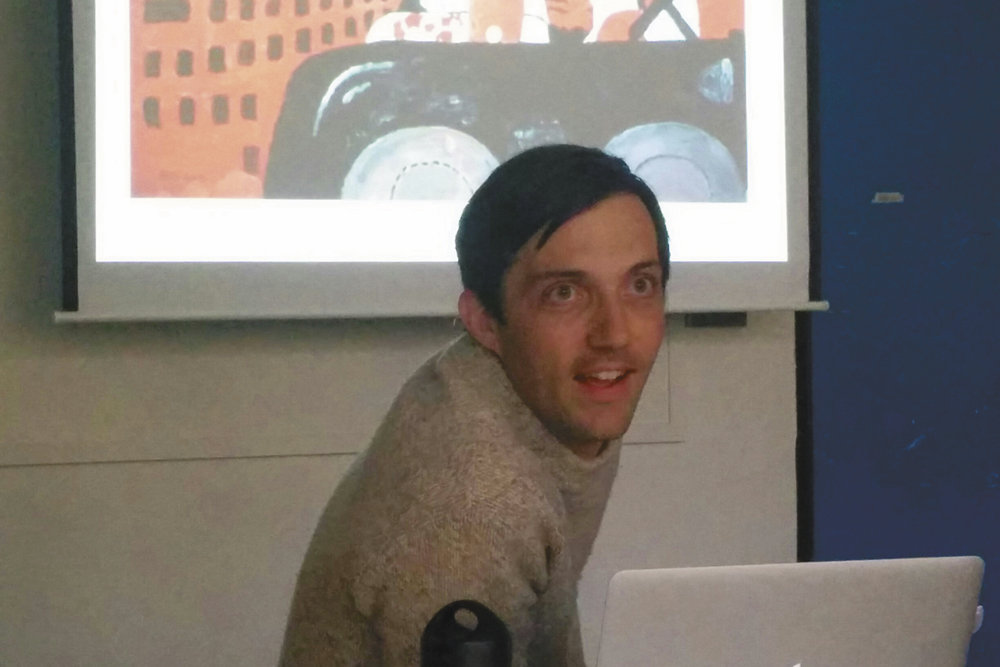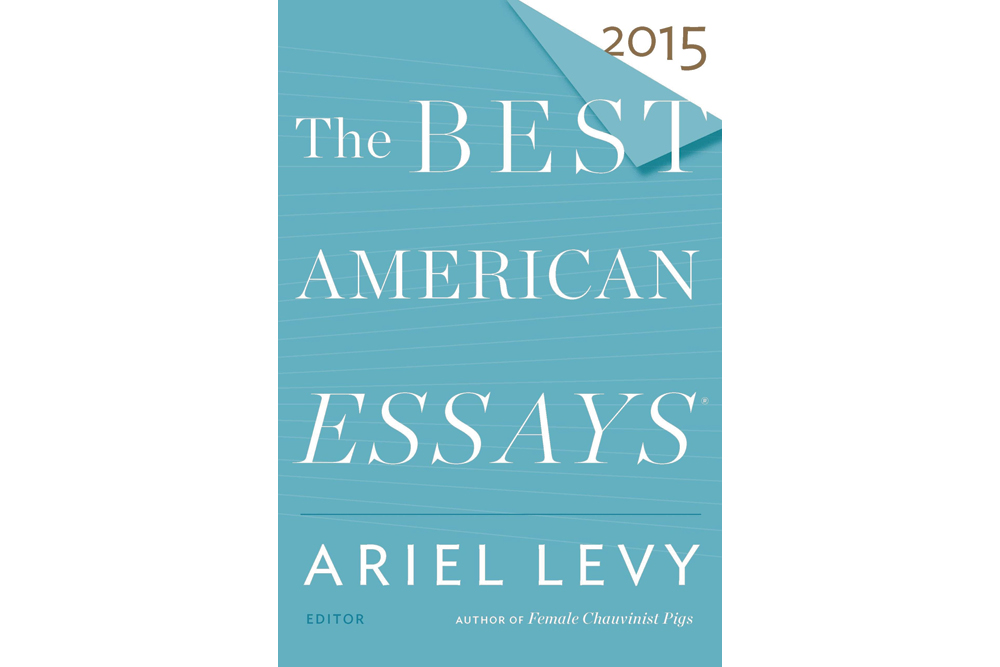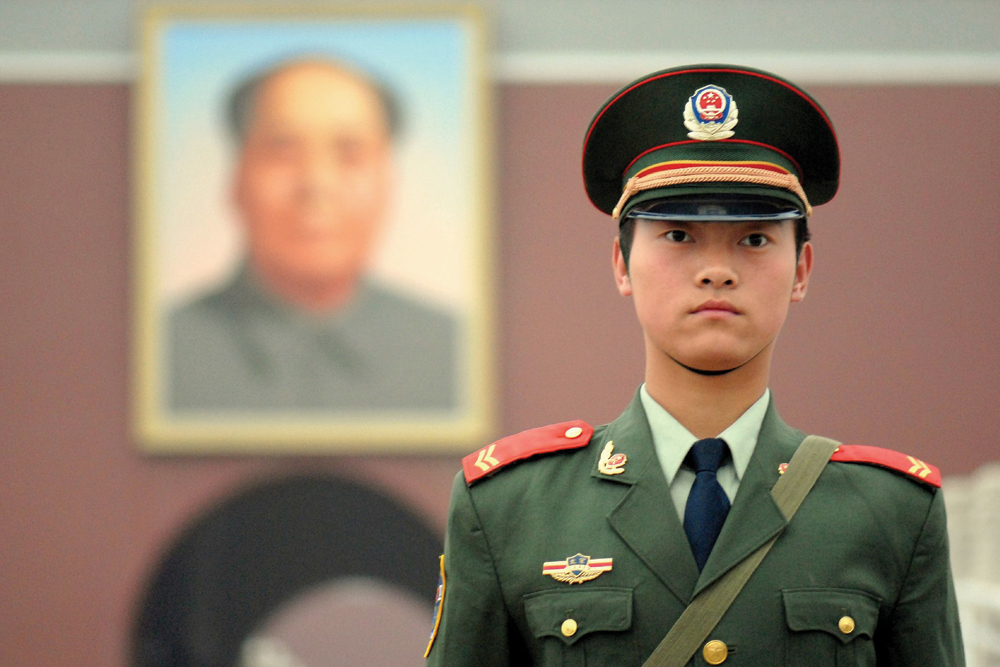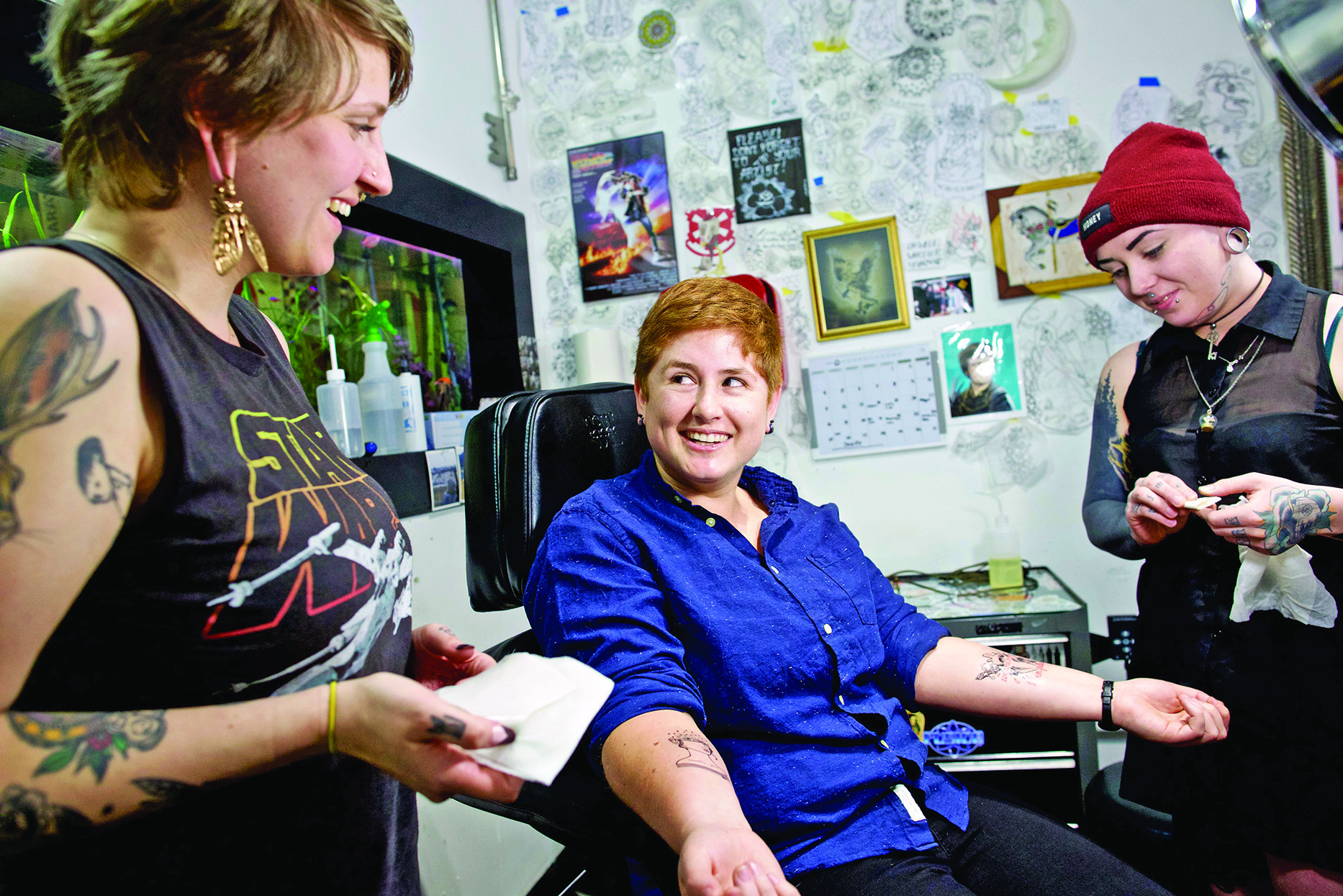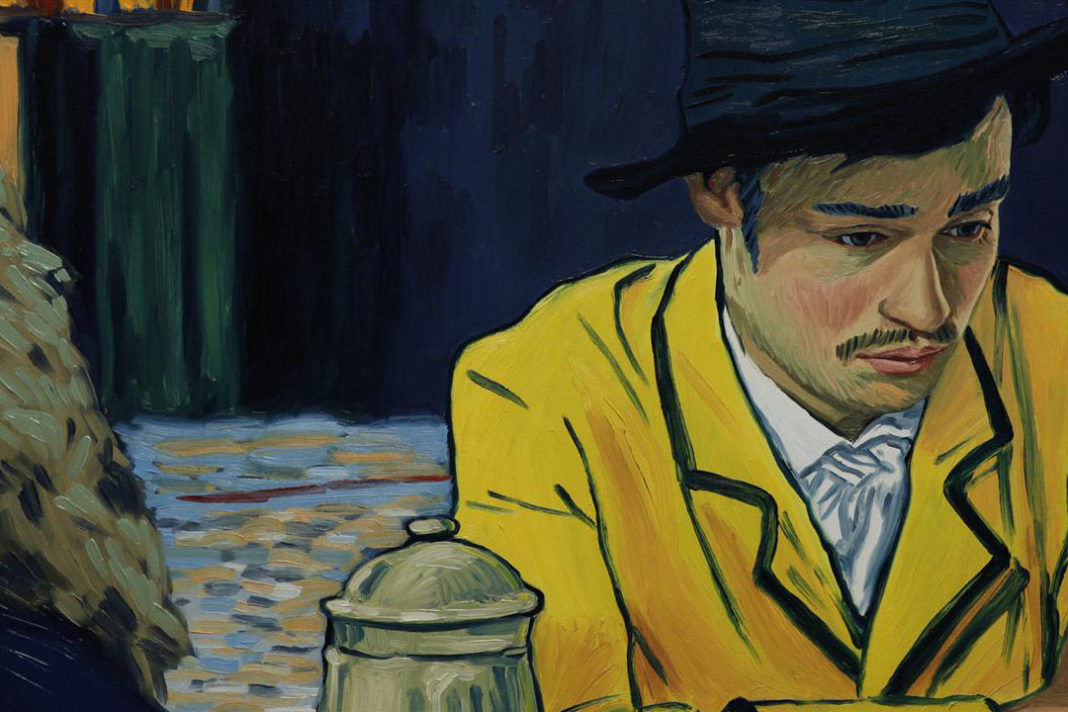Neal Morgan is not a painter. He is not an academic. He is a successful drummer (who’s collaborated with songwriters like Bill Callahan, Joanna Newsom and Fleet Foxes’ Robin Pecknold) with a passion for the art of Philip Guston, a painter in the New York School famous for his abstract and neo-expressionist work in the 1960s.
Tia Factor, an art professor in the Portland State School of Art + Design, and Amanda Wilson of the Time Arts Club brought Morgan to PSU for a lecture on the late artist Philip Guston, on Wednesday, Nov. 18.
Factor heard him lecture on the subject last summer at a Portland Museum of Modern Art event at the Hollywood Theatre.
“I liked that he is not an art historian but just a guy—a very successful drummer, as it were—who has tunnel vision for and is pretty much obsessed with Guston,” Factor said. “The novelty of this and Neal’s warmth and passion is what impressed me.”
In an effort to forge new relationships, Factor approached Morgan afterward and asked if he would be interested in doing a talk for her students.
“He was thrilled and agreed immediately—he usually just gives his Guston lectures in much less formal or academic settings,” Factor said. “He started out giving them in bars, so this was a real step up to actually address art students!”
Morgan’s zeal for Guston, which ignited 12 years ago, was palpable. He launched into a thorough history of the artist’s life and the evolution of his work—from cartoons in his youth to political murals in the 1930s to abstract expressionism in the 1950s to his neo-expressionism in the 1960s, which featured his signature images: Klansmen, lightbulbs, shoes, cigarettes, bricks and clocks.
As Morgan moved through his prepared PowerPoint presentation, he described the personal, political and social context of Guston’s work. He also offered his own interpretation of each piece’s possible significance, reminding the audience that he wasn’t an art historian and that the meanings often alluded him. He didn’t always know how to read Guston’s alphabet of images.
“All great work keeps you on your toes,” Morgan said.
Just as Guston went through a period of time when he doubted the importance of art in a world rife with conflict, specifically the civil rights protests and the assassinations of John F. Kennedy and Martin Luther King Jr., Morgan felt similarly about his music in the wake of 9/11.
“Why am I an artist?” Morgan asked himself.
It was at this time, in the 1960s and 1970s, that Guston turned the critical lens of his work on himself, often creating self-portraits that depict him as the ominous hooded figure, smoking cigarettes. This raw honesty, willingness to expose oneself and resistance to a clear-cut resolution spoke to Morgan. “Nothing is ever solved,” he said.
Even though he works in music, not the visual arts, Morgan considers Guston one of his creative heroes.
“This is one thing I’ve been trying to figure out: How do you keep your heroes really close?” Morgan asked. “And how do you draw from your heroes? How do you use their work and their life and their process?”
The students were visibly engrossed in Morgan’s animated presentation, and many followed him to a breakout session afterward. Bridgette Costa, a senior studying art practices, was affected by Morgan’s energy.
“Especially since he’s a drummer and he’s so passionate,” Costa said. “It makes you a little more excited to be in the art world when you see something like that.”

